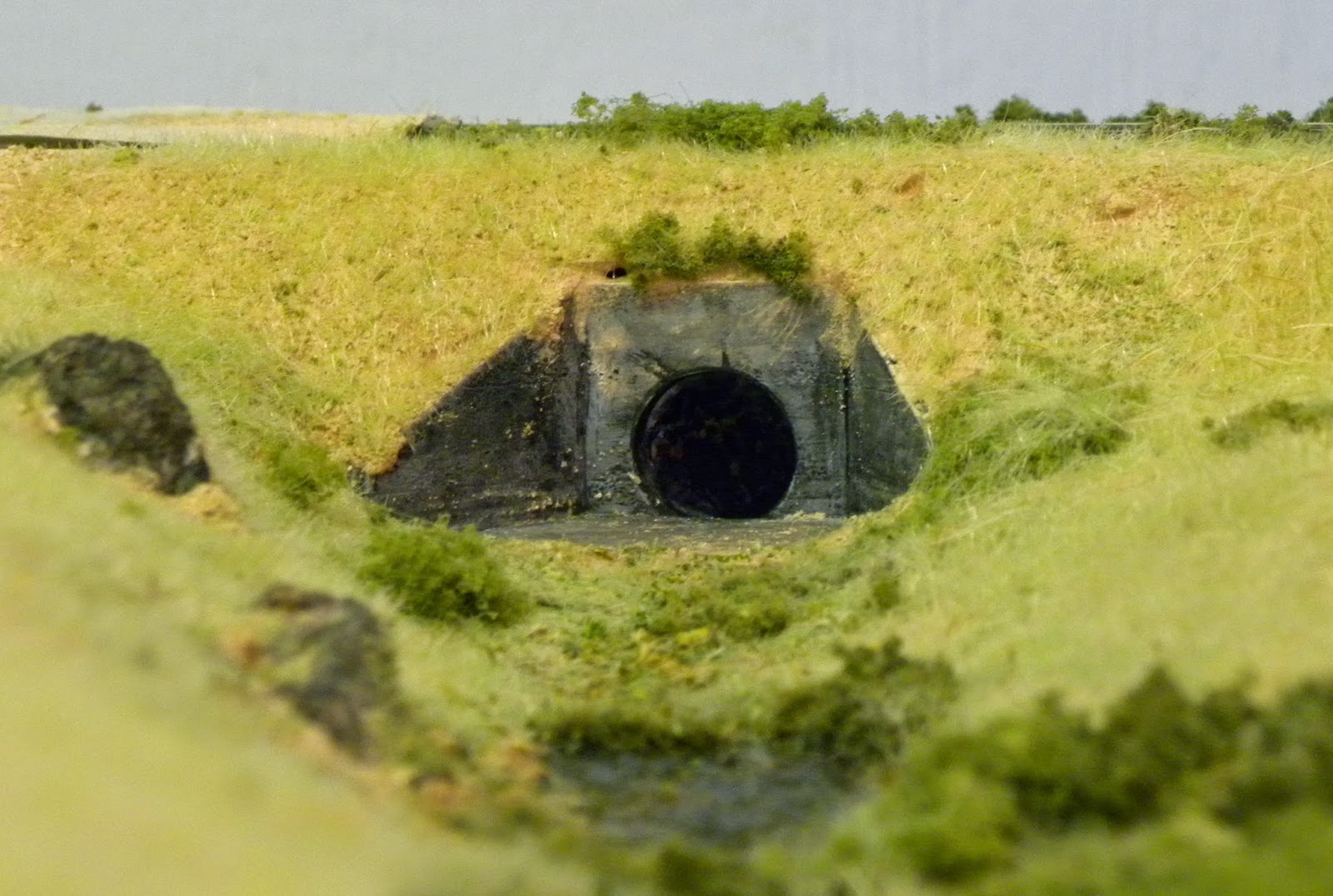For someone who proports to model the NSW prototype in the late 1960s and early 1970s, there is a distinctly non prototypical balance in the relative quantities of my steam and diesel fleets. The quantity of steam locomotives, while not large, is significantly greater than the number of diesels. Hardly the situation that existed in the dying days of steam in NSW! One could say that this reflects where the heart is but in reality, I also have a soft spot for some of the early diesels, particularly the Alcos that were in service during my modelling time period.
 Until recently, the diesel fleet consisted of just one 44 class and two 48 class diesels. However, this year, I am hoping to redress the balance with the purchase of an Auscision Model 45 class, ordered earlier this year, and the Trainorama 48 class that was ordered back in 2008. However, the first step in this expansion program occurred recently with the purchase of the recently rereleased Austrains 442 class locomotive. For non NSW readers, these were given the nickname Jumbo, because, according to Wikipedia, "their 1971 delivery coinciding with that of Qantas' first Boeing 747". It is a big locomotive in comparison to the 44 class and I suppose
it's a similar to the 747s being so much larger than anything else
then in service.
Until recently, the diesel fleet consisted of just one 44 class and two 48 class diesels. However, this year, I am hoping to redress the balance with the purchase of an Auscision Model 45 class, ordered earlier this year, and the Trainorama 48 class that was ordered back in 2008. However, the first step in this expansion program occurred recently with the purchase of the recently rereleased Austrains 442 class locomotive. For non NSW readers, these were given the nickname Jumbo, because, according to Wikipedia, "their 1971 delivery coinciding with that of Qantas' first Boeing 747". It is a big locomotive in comparison to the 44 class and I suppose
it's a similar to the 747s being so much larger than anything else
then in service. The 442 comes fitted with an 8 pin plug to facilitate DCC connection. The fitting of a basic TCS decoder was achieved without difficulty and then it was time for programming before the unit entered service. Not so, there was a short circuit as soon as the locomotive hit the programming track !! At first I suspected the decoder but Ian at Hobbyland Hornsby, where I purchased the locomotive, showed me that the plug had been wired incorrectly. He corrected the problem with a minimum of fuss. Thanks Ian
For something straight out of the box, this should not have happened. Apparently the problem was not confined to the individual model that I purchased.
Introduced between 1971 and 1973, the Jumbos straddle the extreme right of my modelling period. I understand that my locomotive 44222 was completed in March 1972 and probably entered service shortly afterwards. Therefore, any appearance on Philip's Creek must show a locomotive in an almost new condition, and, as such, weathering has been kept to a minimum. 44222 received light sprays of Humbrol rust wash around the chassis, a coat of clear matt to remove the shine on the body and a little soot on the roof.
I appreciate that there are enhancements that could be made to this model but they can wait for a while. Now that it is in service, the locomotive runs well although its operation has been impeded by frequent line closures to facilitate landscaping activities on the new module. There are also a few places where tolerances and clearances need to be fine-tuned.
Now, I just need to complete the acquisition program. There's a good chance that the 45 class will arrive and maybe, just maybe, the 48 class will finally get here.




